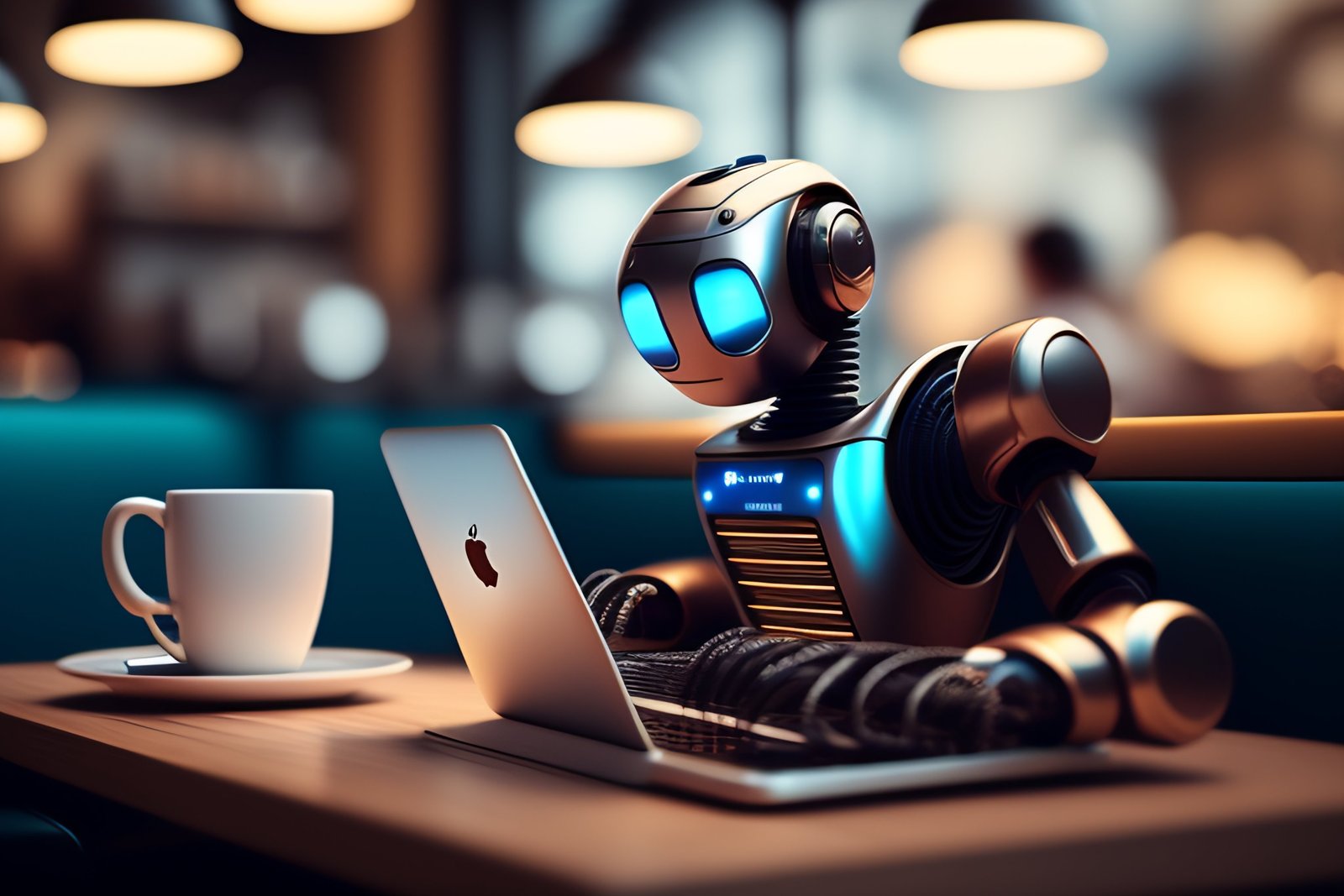

The advent of advanced AI writing assistants like ChatGPT has shaken up debates around originality and proper attribution. With machines now capable of producing human-like text, we need to re-examine plagiarism in this new context. In this post, I'll share my personal take on the nuanced ethical issues surrounding AI and plagiarism.
At its core, plagiarism is misrepresenting the source of language and ideas by not properly citing them. But AI systems have no real understanding of authorship or creative ownership. They just generate plausible text based on patterns. So the accountability lies fully with the human user - it's our job to ensure AI writing is used and cited ethically.
I don't think current AIs are intentionally plagiarizing in the same way a human can purposefully steal others' work. But the risks are real if we don't apply diligence and common sense. Casually copying an AI's unvetted output under our own name would clearly cross ethical lines.

How AI Text Can End Up Plagiarized
While AI doesn't have intentionality, its output can still fail to meet attribution standards if we're not careful:
Verbatim Copying
AI could reproduce verbatim passages from its training data without indicating the source. For instance, an AI-generated student essay could include plagiarized quotes.
Duplicating Ideas
An AI's synthesized content might closely reflect the concepts, logic, and conclusions of existing works without proper citations.
Mimicking Creative Works
AI art, music, and literature could imitate established styles without credit to the original artist.
Copying Code
AI-generated software code risks duplicating libraries and assets without following open source licensing rules.
In all these cases, extensive human review is needed to ensure originality and provide citations.
We're already seeing cases of problematic AI copying:
This highlights the need for awareness and mitigations as AI text generation becomes more widespread.
Since AIs aren't moral agents, the onus is on human creators and users to avert plagiarism, including:
Establishing policies, norms and best practices will be key.
How can we harness AI productivity responsibly? A few guidelines:
With care, AI can enhance human creativity rather than stifle it. But we must provide ongoing oversight.
Checkout: plagiarism checker
AI confronts us with deep questions around originality. But with thoughtful policies and practices, we can promote integrity:
If we keep our shared values front and center as AI advances, the future promises to be bright. But it's on us humans to stay grounded in ethical wisdom.
Here are answers to some frequently asked questions around AI and plagiarism:
A: Not exactly, since AI currently lacks intent or autonomy. But its users could plagiarize by passing off AI text as their own without attribution.
A: Extensive human editing, checking against sources, and adding citations even for AI input. Also focus AI on new connections and analysis.
Q: Are there documented cases of problematic AI plagiarism already?
A: Yes, many examples are already emerging in academia, journalism, art and code of AI reproducing work without adequate attribution.
A: There are risks, but also opportunities if used ethically as a collaborator. AI can enhance human creativity through synthesis.
A: Requiring disclosure of AI use, stringent citation practices, plagiarism screening, proper licensing of code, and emphasizing ethics.
A: Emerging technical solutions like digital watermarking and provenance tracking could help establish origins and give proper credit.
A: Human creators and users have the responsibility, not the AI systems themselves. We must provide oversight.